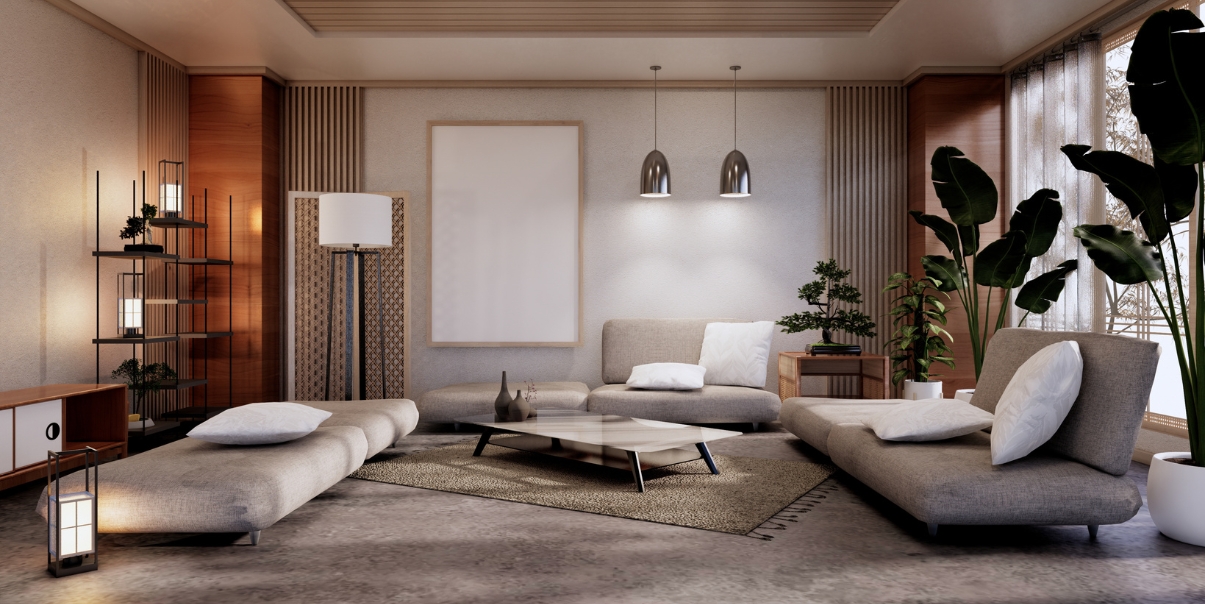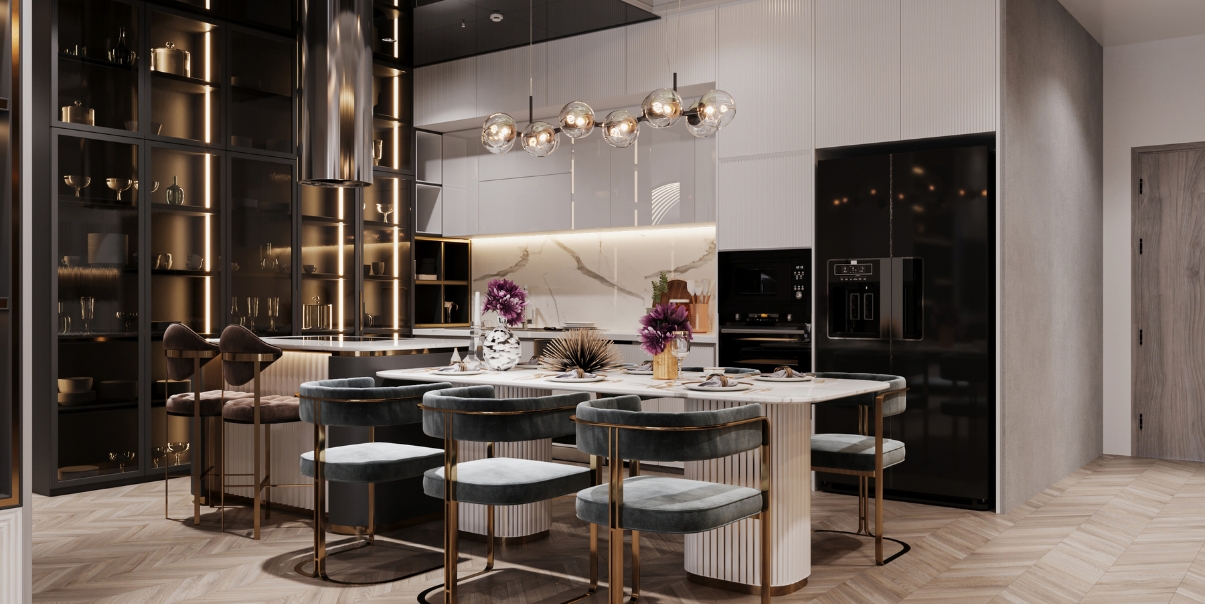How Custom Home Design Is Evolving to Meet Modern Needs
Modern Custom Homes
If you’re planning to build or redesign your home, the concept of “custom” means much more than unique floor plans or high-end finishes. Today, custom home design is deeply rooted in personalization, lifestyle alignment, and intentional living. It’s not just about aesthetics—it’s about creating spaces that support your values, routines, and well-being.
Whether you’re rethinking your living room design or envisioning a smarter, more flexible home office, modern custom homes are evolving to meet changing priorities. From eco-conscious choices to flexible multi-use spaces, the shift toward value-based design is transforming how you experience your home.
Sustainability Is Now a Foundation
Modern custom homes increasingly reflect a desire for environmental responsibility. Energy-efficient insulation, sustainable materials, solar panels, and smart HVAC systems are no longer considered luxuries—they’re expected.
When planning your interior design, consider incorporating reclaimed wood, low-VOC paints, or bamboo flooring. These choices contribute to healthier indoor air quality and align with growing trends in sustainable interior design styles. Even elements like smart lighting for homes reduce energy usage while allowing you to control ambiance and functionality at the touch of a button.
Functionality Over Formality
Gone are the days when rooms were rigidly assigned as “formal” dining or “guest” spaces. Today’s custom homes prioritize flexible layouts that adapt to your lifestyle. Whether it’s a dining room design that doubles as a study area or a living room that seamlessly transforms into a weekend entertainment zone, functionality leads.
Open floor plans, integrated workspaces, and multi-purpose furniture allow for easier transitions between work, rest, and social time. The focus has shifted to practical, efficient layouts that accommodate real life—especially for families and remote workers.
Interior Design Reflecting Personal Identity
Your home should feel like a direct extension of who you are. From curated home decor ideas to furniture pieces with meaning, custom homes today reflect personality over perfection.
Designing with intention—whether through handcrafted art, layered textures, or specific color palettes—can help you create rooms that evoke feeling and comfort. Explore interior design styles that match your taste, whether it’s minimalist, eclectic, mid-century modern, or something entirely your own.
Technology That Simplifies, Not Complicates
Smart home technology isn’t just for show; it’s become a tool for improving everyday living. From voice-activated lighting fixtures to integrated home security and climate systems, tech in modern custom homes is centered around ease, energy efficiency, and adaptability.
These solutions should feel seamless and unobtrusive, supporting your habits without overwhelming your routine. In spaces like your home office design, smart features like automated blinds or adaptive lighting help boost focus while enhancing comfort.
Smaller Spaces, Greater Intention
Bigger isn’t always better. As construction and land costs rise, there’s a noticeable shift toward smaller, more intentional homes. But smaller doesn’t mean sacrificing style or comfort—it simply calls for smarter room design.
You can maximize every square foot with built-in storage, space-saving furniture, and thoughtful interior styling. Knowing how to design a small living room or a dual-purpose guest room can help you use space effectively while still embracing modern elegance.
Wellness-Inspired Spaces Take Priority
Custom homes now often include dedicated zones for wellness—whether it’s a serene reading nook, an infrared sauna, or a yoga-friendly corner in the bedroom design. The rise in self-care awareness has led to homes that nourish both physical and mental well-being.
Biophilic design—bringing natural elements like plants, stone, and water features into your home decor—can improve mood and air quality. At the same time, calming color palettes and ergonomic furniture contribute to emotional ease.
Flexible Kitchens and Evolved Dining Areas
Kitchens have become more than just a place to cook. They are conversation hubs, tech stations, and flexible zones for everything from recipe testing to schoolwork.
Incorporating multi-height islands, charging stations, and functional storage creates spaces that serve multiple purposes. Meanwhile, dining room decor on a budget doesn’t have to mean compromising—think upholstered benches, pendant lighting, or open shelving that adds personality without overspending.
Interior Designers to Personalize Your Vision
Even if you’re a hands-on homeowner, collaborating with skilled interior designers can turn your vision into a well-executed plan. They bring insight into furniture trends, space planning, and the latest materials that align with your goals.
Whether it’s the best bedroom design ideas for 2025 or reimagining your foyer layout, a professional can help refine your ideas and ensure your design decisions stand the test of time.
Conclusion
The future of custom home design isn’t defined by square footage or status—it’s shaped by intention, individuality, and values that reflect who you are. Today’s homes blend functionality, sustainability, and personal meaning in ways that go far beyond appearances.
As you plan your next home upgrade, focus on designs that honor your lifestyle and support your evolving needs. From smart tech to wellness-driven design, every choice you make can lead to a space that not only looks great but lives well too.


